
The first golden age of muscle cars began winding down in the early 1970s and was essentially over by the middle of the decade. Increasingly stringent regulations on emissions, fuel economy, passenger protection, and noise—at both the federal and state levels—dramatically reduced overall performance by simultaneously diminishing engine output and increasing mass. It would take about 20 years for technology to catch up with, and ultimately surpass, the government mandates, allowing automakers to produce highperformance cars again.
Because of the absence of big horsepower and serious performance in the early 1980s, many who began driving in that era looked to the past for fast and exciting cars. New Yorker Ted Darosis no exception. For many years he enjoyed restoring and showing vintage iron. Eventually however, the pleasure he derived from the pursuit of car show trophies faded away.
“After many years restoring antique automobiles and attending national-level car shows and tours, I was tired of lawn-chair competitions,” he explains. “I needed to put my energy and love of American muscle to better use. I started running my 1970 Chevelle at a local track and met SuperCar founder Ralph Barbagallo, and that led me to get involved with his series.”
This story is from the December 2019 edition of Muscle Car Review.
Start your 7-day Magzter GOLD free trial to access thousands of curated premium stories, and 8,500+ magazines and newspapers.
Already a subscriber ? Sign In
This story is from the December 2019 edition of Muscle Car Review.
Start your 7-day Magzter GOLD free trial to access thousands of curated premium stories, and 8,500+ magazines and newspapers.
Already a subscriber? Sign In
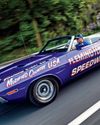
Living Life ⅝ Mile At A Time
Images we develop in our minds during our youth can turn out to be the most vivid of our life, especially when they are captured in lustrous High Impact Technicolor.

Why Not T-Tops On A Mustang?
Why Not T-Tops On A Mustang?

Readers' Day-Two Rides
Skip Gaebe 1968 Camaro
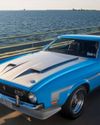
Neglected No More
Boss 351 Back In Action
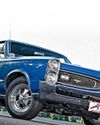
Their Indian Summer
Good Friends Bond Over This GTO
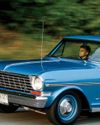
Nova Links A Family's Past, Present, And Future
Nova links a family’s past, present, and future
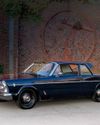
Legendary Sleeper
A Special-Order Q-Code Custom 500
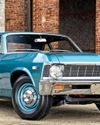
Nova And Out!
One of the Final Offerings of the L79
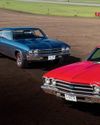
Ohio COPOs
Chevelles Travel Different, Yet Similar, Paths
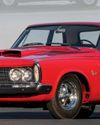
Heirloom
Dad Raced This Savoy in the 1960s